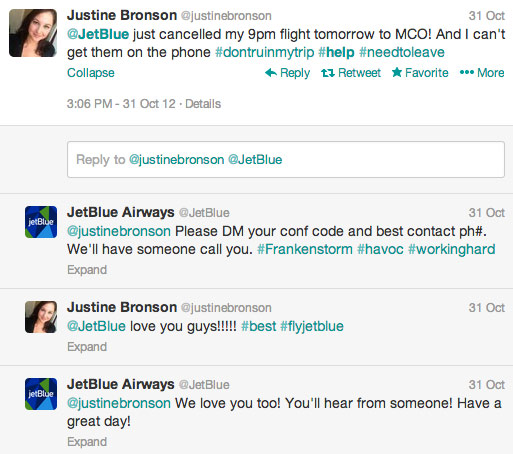Being genuine online is crucial for social marketing success

June 4, 2014: The term “catfishing” was coined after the viral documentary (and eventual MTV show) “Catfish” shone a light on the world of fake social media profiles. To “catfish” is to create a fake profile online and to trick users into believing you are someone other than you are. While the show focused on people trying to fool prospective romantic partners, the term is also relevant in the social media marketing world.
When brands “catfish” their online audience, people are exposed to unauthentic personalities regurgitating corporate self-promotion and content that isn’t relatable. When customers feel like they’re reading a corporate advertising script, they are quick to unfollow. Social media success relies on timing, personality, and insightfulness. It can be a priceless tool when it comes to customer service. If a customer tweets at a brand, an automated (or lack of) response can feel just like finding out your online significant other doesn’t actually exist. There are other “fish in the sea,” as well as other brands your customer can move on to. Some small businesses have even come under fire for creating fake reviews and deleting negative comments. There’s a reason you don’t see social media giants like Apple and Coke doing this: having an honest online profile works wonders for customer satisfaction.

Here are a few basic tips to prevent you from seeming like a “Catfish”:
Try to respond positively to customer questions and complaints.
Jet Blue has become immensely popular online for responding quickly and helpfully to customers that interact with the airline on Twitter. The gesture alone is appreciated, and customers feel like they aren’t invisible. Try to think of your social media presence as the main desk of a hotel: be cheerful, accommodating, and apologetic when necessary.
Support the culture around your brand.
Maybe you’re an athletic company and you share a few recipes for healthy eating, or news about a sporting event or marathon that’s happening locally. Every tweet doesn’t have to revolve around a sale. Try to remember the “4-1-1” rule: for every self promoting post, try to retweet 1 post and 4 more posts that share others’ content.
Don’t make negative comments “disappear.”
There’s always going to be a customer complaint, or an Internet troll trying to fluster a social media team member. You don’t want to end up like Chick Fil-A, which was accused of creating fake online profiles to respond to negative Facebook comments. Or ChapStick, which deleted comments from loyal customers who were upset about a post they made on Twitter.
Stay true to your message.
Don’t “jack” a meme or hashtag just to gain followers. Make sure your content is always relevant to the culture and message that your brand stands for. If followers can see that you’re just trying to gain a bigger following by posting viral “buzz” content, the “relationship” illusion that social media can bring will be tarnished. Plus, as we always say at Didit, it’s better to have fewer followers that are engaging in and sharing your posts than double the followers that aren’t interested at all.
If you play by the rules and avoid tricking your customers, you will gain a loyal and satisfied following. “Catfishing” may work for a short time, but, –just like on the show — the truth is eventually revealed.
Have a question about social media? Feel free to contact us or tweet us @DiditMarketing.
- 10 Mistakes to Avoid When Using QR Codes for Marketing - September 20, 2023
- Kevin Lee on How AI Changes the SEO Landscape - August 31, 2023
- The Power of Compound Marketing: Kevin Lee Presents @ 1MediaWorld 2023 Global Conference - March 7, 2023
